Home>Gardening & Outdoor>Landscaping Ideas>How Often To Water Fescue Grass
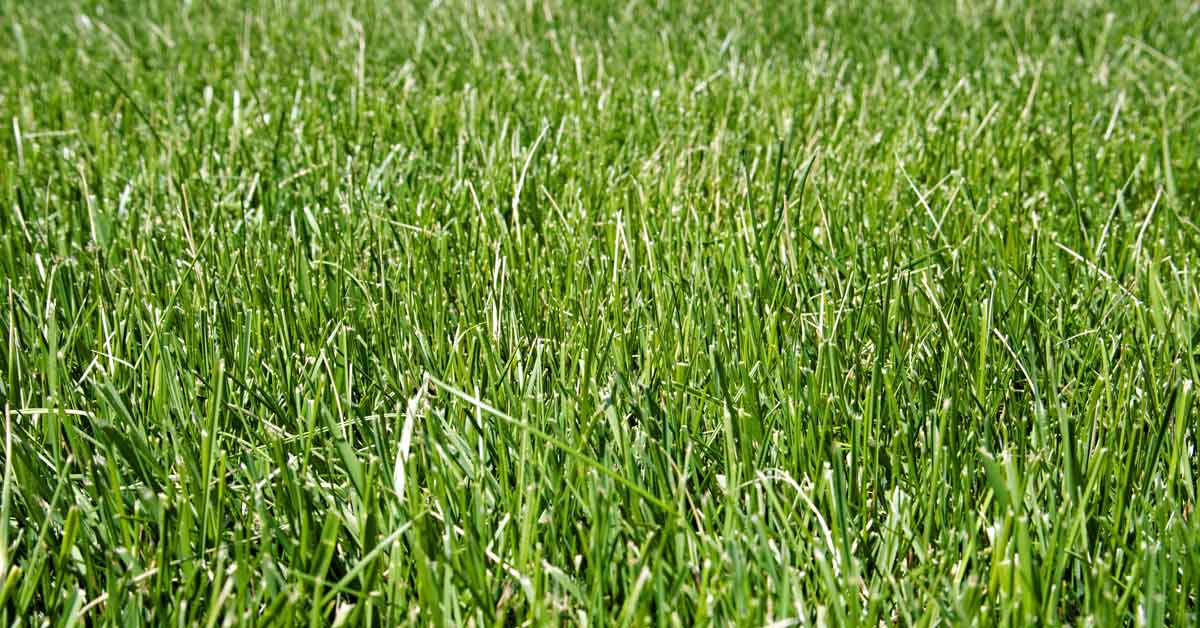

Landscaping Ideas
How Often To Water Fescue Grass
Published: January 24, 2024
Learn the best watering schedule for fescue grass in your landscaping. Discover essential landscaping ideas for maintaining a healthy lawn.
(Many of the links in this article redirect to a specific reviewed product. Your purchase of these products through affiliate links helps to generate commission for Storables.com, at no extra cost. Learn more)
Introduction
When it comes to maintaining a lush and vibrant lawn, proper watering is essential. However, determining the optimal watering frequency for fescue grass can be a bit of a puzzle. Too much water can lead to issues such as root rot and fungal diseases, while too little can result in a dry, lackluster lawn. Finding the sweet spot for watering your fescue grass involves understanding the specific needs of this grass variety and considering various environmental factors.
In this comprehensive guide, we will delve into the nuances of watering fescue grass, offering valuable insights to help you achieve a healthy and resilient lawn. From understanding the unique characteristics of fescue grass to identifying signs of overwatering and underwatering, we will equip you with the knowledge needed to establish an effective watering schedule. Whether you are a seasoned lawn care enthusiast or a novice homeowner looking to elevate your landscaping game, this article will serve as your go-to resource for mastering the art of watering fescue grass. So, let's embark on this enlightening journey to unlock the secrets of nurturing a thriving fescue lawn.
Key Takeaways:
- Fescue grass needs deep, infrequent watering to develop strong roots and withstand dry periods. Factors like climate and soil type influence watering frequency, so it’s important to adjust based on environmental conditions.
- Watch for signs of overwatering and underwatering, like wilting or waterlogged soil, to adjust your watering schedule. Flexibility and observation are key to maintaining a healthy and vibrant fescue lawn.
Read more: How To Water Fescue Grass
Understanding Fescue Grass
Fescue grass is a popular choice for lawns due to its exceptional tolerance to a variety of growing conditions. It is known for its fine texture, deep green color, and remarkable adaptability, making it well-suited for both sunny and partially shaded areas. This cool-season grass variety thrives in regions with temperate climates, where it can withstand temperature fluctuations and moderate foot traffic.
One of the key attributes of fescue grass is its deep root system, which enables it to access moisture from lower soil layers, contributing to its drought resistance. This characteristic also influences its watering requirements, as the deep roots allow the grass to endure brief periods of dryness without sustaining damage. Understanding the resilience and intrinsic traits of fescue grass is pivotal in devising an effective watering regimen that promotes its overall health and vitality.
Moreover, fescue grass exhibits a relatively slow growth rate compared to other grass species, reducing its demand for frequent mowing and nutrients. This characteristic also impacts its water needs, as the grass does not undergo rapid growth spurts that necessitate ample hydration. By comprehending the unique characteristics of fescue grass, you can tailor your watering practices to align with its natural tendencies, fostering a robust and visually appealing lawn.
Furthermore, fescue grass is renowned for its adaptability to various soil types, ranging from sandy to clay-based soils. Its ability to thrive in diverse soil compositions underscores its versatility and resilience, positioning it as an attractive choice for homeowners seeking a low-maintenance yet aesthetically pleasing lawn. This adaptability also influences its water retention capabilities, as fescue grass can endure periods of reduced moisture by drawing upon its stored reserves, thereby influencing the frequency and volume of watering required to sustain its vigor.
By gaining a deeper understanding of the distinctive characteristics of fescue grass, including its deep root system, moderate growth rate, and adaptability to different soil types, you can effectively tailor your watering practices to support its inherent traits. Armed with this knowledge, you are better equipped to optimize the watering regimen for your fescue lawn, fostering its resilience and lush appearance.
Factors Affecting Watering Frequency
Several key factors influence the watering frequency required to maintain the health and vibrancy of fescue grass. By considering these factors, you can fine-tune your watering regimen to meet the specific needs of your lawn, ensuring optimal growth and sustainability.
- Climate: The prevailing climate in your region plays a pivotal role in determining the watering frequency for fescue grass. In areas characterized by hot and arid conditions, more frequent watering may be necessary to offset moisture loss due to evaporation. Conversely, regions with cooler temperatures and higher humidity levels may necessitate less frequent watering, as the grass can retain moisture for longer periods.
- Soil Type: The composition of the soil in which fescue grass is planted significantly impacts its water retention capabilities. Well-draining soils, such as sandy loam, allow water to permeate effectively, reducing the risk of waterlogged conditions that can harm the grass. In contrast, clay-based soils may require more strategic watering to prevent water accumulation and promote adequate root oxygenation.
- Grass Maturity: The maturity of the fescue grass also influences its watering needs. Newly seeded or sodded lawns demand more frequent watering to facilitate germination and establish robust root systems. As the grass matures, the watering frequency can be adjusted to align with its growth stage and resilience.
- Shade and Sunlight: The amount of sunlight and shade that the lawn receives affects its water requirements. Fescue grass in shaded areas may retain moisture for longer durations, necessitating less frequent watering compared to grass in sun-exposed regions, which may experience faster evaporation and require more consistent hydration.
- Seasonal Variations: The changing seasons introduce fluctuations in temperature and precipitation, directly impacting the watering needs of fescue grass. During the hot summer months, increased watering may be necessary to counteract heat stress and maintain the grass’s vigor. In cooler seasons, such as fall and spring, adjustments to the watering frequency are essential to accommodate the grass’s evolving growth patterns.
By taking into account these influential factors, you can tailor your watering schedule to suit the specific conditions and requirements of your fescue lawn. This proactive approach ensures that the grass receives adequate moisture to thrive while mitigating the risks associated with overwatering or underwatering, ultimately contributing to a resilient and visually appealing lawn.
Determining Watering Schedule
Establishing a well-defined watering schedule is crucial for nurturing healthy and resilient fescue grass. By implementing a structured approach to watering, you can provide consistent moisture to the grass, fostering robust root development and vibrant growth. Consider the following guidelines to determine an effective watering schedule tailored to the unique needs of your fescue lawn.
- Early Morning Watering: Aim to water your fescue grass in the early morning, ideally before 10 a.m. This timing allows the grass to absorb moisture before the heat of the day intensifies, minimizing water loss due to evaporation. Additionally, early morning watering reduces the risk of prolonged moisture on the grass blades, which can contribute to fungal diseases.
- Deep and Infrequent Watering: Encourage deep root growth by providing infrequent yet deep watering sessions. This approach promotes the development of a robust root system that can access moisture from lower soil layers, enhancing the grass’s resilience during dry periods. Shallow and frequent watering can lead to shallow root growth, rendering the grass more susceptible to drought stress.
- Observation and Soil Assessment: Monitor the moisture levels in the soil to gauge the need for watering. Utilize a soil moisture meter or simply perform a manual assessment by checking the soil’s dampness at various depths. Adjust the watering frequency based on the soil’s moisture retention capacity and the grass’s response to varying moisture levels.
- Watering Uniformity: Ensure consistent watering across the entire lawn to promote uniform growth and minimize the risk of dry patches. Pay attention to areas that may receive less water due to obstructions or uneven distribution, and adjust your watering technique to achieve uniform coverage.
- Rainfall Considerations: Factor in natural precipitation when determining your watering schedule. During periods of adequate rainfall, adjust your watering frequency accordingly to prevent waterlogging and promote a balanced moisture level in the soil.
By adhering to these principles and tailoring your watering schedule to align with the specific needs of fescue grass, you can optimize the grass’s growth and vitality. Consistent and well-calibrated watering practices contribute to the development of a lush and resilient lawn, showcasing the beauty and enduring appeal of fescue grass.
Water fescue grass deeply once a week, providing 1-1.5 inches of water. Adjust based on weather and soil moisture. Avoid frequent shallow watering.
Signs of Overwatering and Underwatering
Recognizing the signs of overwatering and underwatering is essential for maintaining the health and vigor of fescue grass. By identifying these indicators, you can adjust your watering practices to prevent detrimental effects on the lawn and promote optimal growth. Understanding the distinct symptoms associated with overwatering and underwatering empowers you to fine-tune your approach, ensuring that the grass receives the appropriate level of moisture for sustained vitality.
- Signs of Overwatering: Excessive watering can manifest in visible signs that signal an imbalance in moisture levels. These signs include:
- Waterlogged Soil: Overly saturated soil that feels excessively wet to the touch, potentially emitting a musty odor.
- Yellowing and Wilting: The grass blades may exhibit a yellowish hue and appear wilted, signaling stress caused by waterlogged conditions.
- Fungal Growth: The presence of mold, mildew, or fungal diseases on the grass, often indicated by discolored patches or fuzzy growth.
- Root Rot: The roots of the grass may show signs of decay, appearing darkened or mushy due to prolonged exposure to excessive moisture.
- Signs of Underwatering: Insufficient moisture can lead to distinct symptoms that indicate the grass’s need for more water. These signs include:
- Wilting and Browning: The grass blades may become brittle, wilted, or brown, reflecting the grass’s struggle to maintain adequate hydration.
- Slow Growth and Dormancy: Underwatered grass may exhibit slowed growth and enter a state of dormancy, conserving energy in response to water scarcity.
- Footprint Retention: The grass may retain footprints or impressions for an extended period, indicating reduced turgidity due to insufficient water uptake.
- Thinning and Patchiness: Areas of the lawn may display thinning or patchy growth as the grass struggles to thrive in dry conditions.
By attentively observing these telltale signs and promptly addressing any imbalances in moisture, you can safeguard the health and aesthetics of your fescue lawn. Adjusting your watering practices in response to these indicators allows you to maintain an optimal moisture balance, promoting lush growth and vibrant greenery throughout your lawn.
Read more: How Long To Water Fescue Grass
Adjusting Watering Frequency
Flexibility in watering frequency is crucial for accommodating the dynamic needs of fescue grass and responding to shifting environmental conditions. By adopting a proactive approach to adjusting the watering frequency, you can optimize the health and resilience of your lawn, ensuring that the grass receives the appropriate level of moisture to thrive. Consider the following strategies for fine-tuning the watering frequency to align with the evolving requirements of your fescue lawn.
- Weather-Based Adjustments: Monitor weather forecasts and seasonal changes to anticipate shifts in temperature and precipitation. During hot and dry spells, increase the watering frequency to mitigate heat stress and sustain the grass’s vigor. Conversely, adjust the watering schedule during cooler and wetter periods to prevent overhydration and promote balanced moisture levels.
- Soil Moisture Assessment: Regularly assess the moisture levels in the soil to gauge the grass’s hydration status. Utilize a soil moisture meter or perform manual checks to determine if the soil requires additional watering. Adjust the frequency based on the soil’s moisture retention capacity and the grass’s response to varying moisture levels.
- Grass Growth Stage: Consider the growth stage of the fescue grass when determining the watering frequency. Newly seeded or sodded lawns may require more frequent watering to facilitate establishment, while established lawns with mature root systems can thrive with less frequent but deep watering sessions.
- Observation of Grass Health: Monitor the overall health and appearance of the grass to identify any signs of overwatering or underwatering. Adjust the watering frequency based on the grass’s response, aiming to maintain vibrant greenery and robust growth while mitigating stress-related symptoms.
- Adaptation to Shade and Sunlight: Recognize the impact of shade and sunlight on the grass’s water requirements. Adjust the watering frequency for areas with varying light exposure, providing more consistent hydration to sun-exposed regions while moderating watering in shaded areas to prevent water accumulation.
By embracing a flexible and adaptive approach to watering frequency, you can optimize the health and vibrancy of your fescue lawn, fostering lush growth and enduring resilience. Proactive adjustments tailored to the grass’s evolving needs and environmental dynamics contribute to the development of a visually captivating and robust lawn, showcasing the timeless allure of fescue grass.
Conclusion
Mastering the art of watering fescue grass involves a harmonious blend of attentive observation, adaptability, and a deep understanding of the grass’s unique characteristics. By delving into the nuances of fescue grass care, you have embarked on a journey to nurture a resilient and visually captivating lawn that exudes timeless charm.
Understanding the intrinsic traits of fescue grass, including its deep root system, adaptability to diverse soil types, and moderate growth rate, forms the foundation for tailoring your watering practices to align with its natural tendencies. By recognizing the influential factors that affect watering frequency, such as climate, soil type, and seasonal variations, you can fine-tune your approach to provide the optimal level of moisture for sustained vitality.
Establishing a well-defined watering schedule, characterized by early morning watering, deep and infrequent hydration, and attentive soil assessment, sets the stage for nurturing robust root development and vibrant growth. Moreover, by keenly observing the signs of overwatering and underwatering, you can proactively adjust your watering practices to maintain an optimal moisture balance, safeguarding the health and aesthetics of your fescue lawn.
Embracing flexibility in adjusting the watering frequency enables you to respond to dynamic environmental conditions, seasonal fluctuations, and the evolving needs of the grass. By integrating weather-based adjustments, soil moisture assessment, and vigilant observation of grass health, you can optimize the watering frequency to foster lush growth and enduring resilience.
As you embark on this journey to elevate your lawn care prowess, remember that the beauty of a fescue lawn lies not only in its visual allure but also in the nurturing and attentive care it receives. With your newfound insights and commitment to nurturing a thriving fescue lawn, you are poised to cultivate a landscape that radiates timeless elegance and natural splendor.
Armed with the knowledge and strategies outlined in this guide, you are well-equipped to embark on a fulfilling and rewarding journey of nurturing a lush, resilient, and visually captivating fescue lawn that stands as a testament to your dedication and horticultural finesse.
Frequently Asked Questions about How Often To Water Fescue Grass
Was this page helpful?
At Storables.com, we guarantee accurate and reliable information. Our content, validated by Expert Board Contributors, is crafted following stringent Editorial Policies. We're committed to providing you with well-researched, expert-backed insights for all your informational needs.
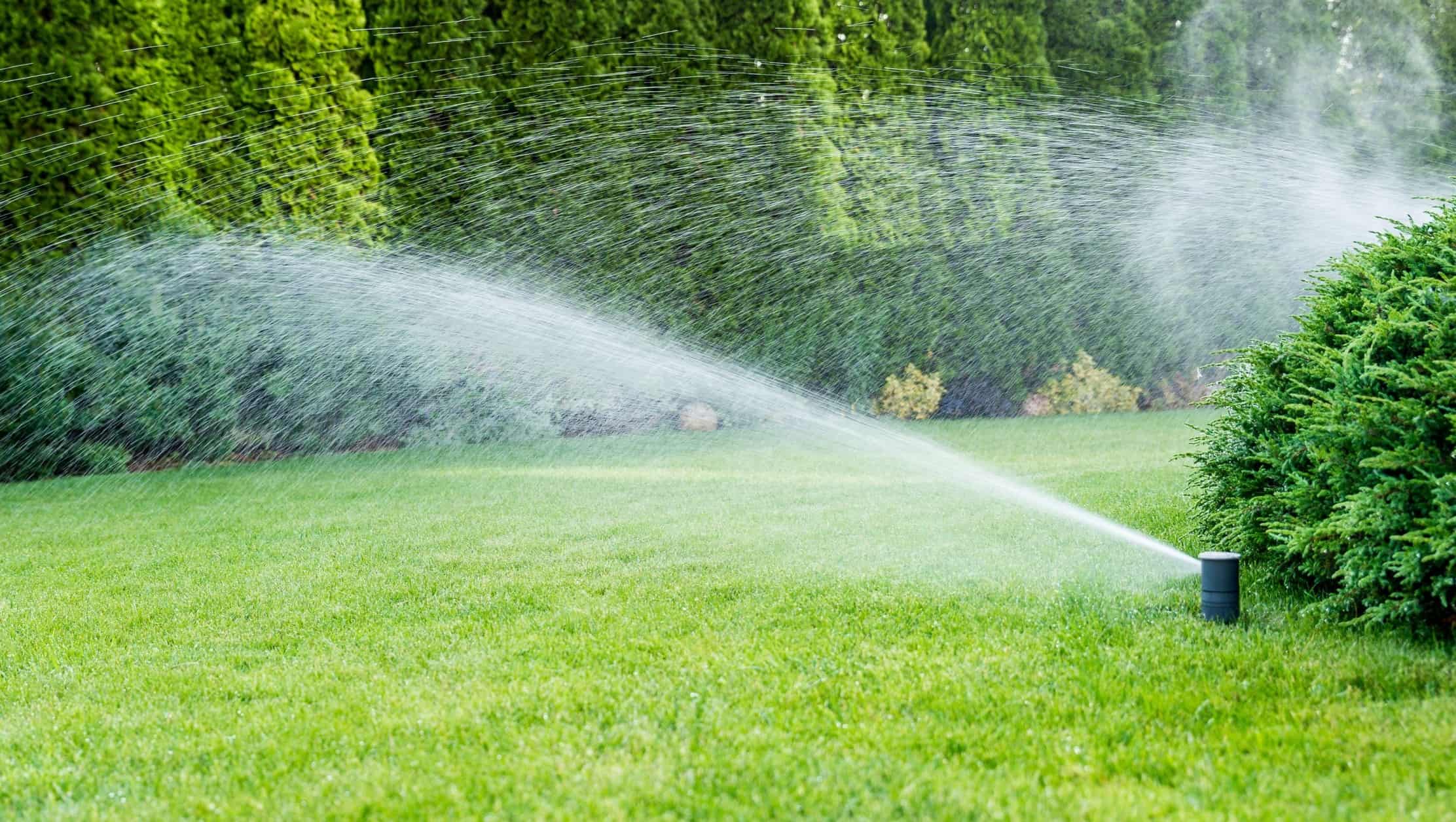
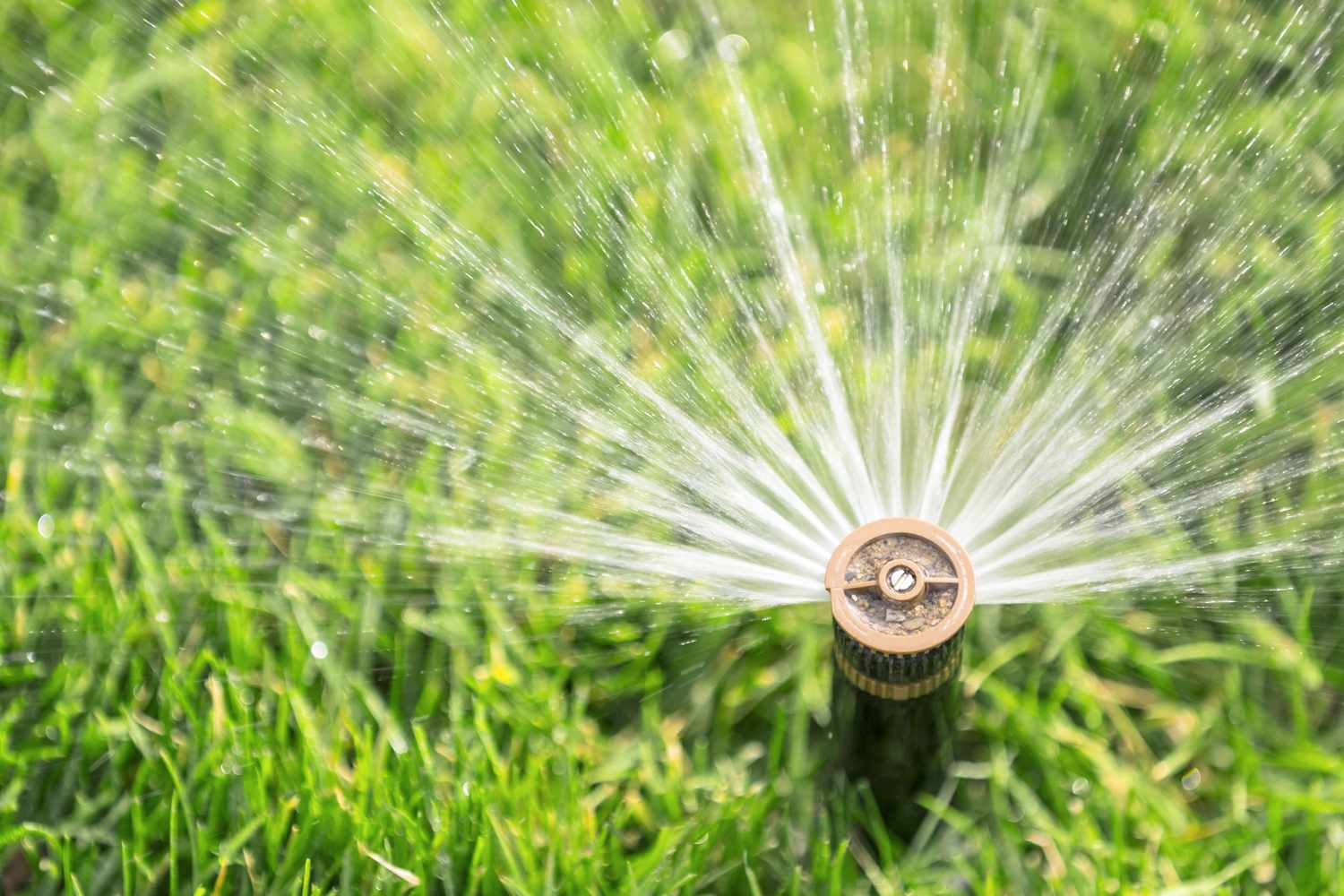
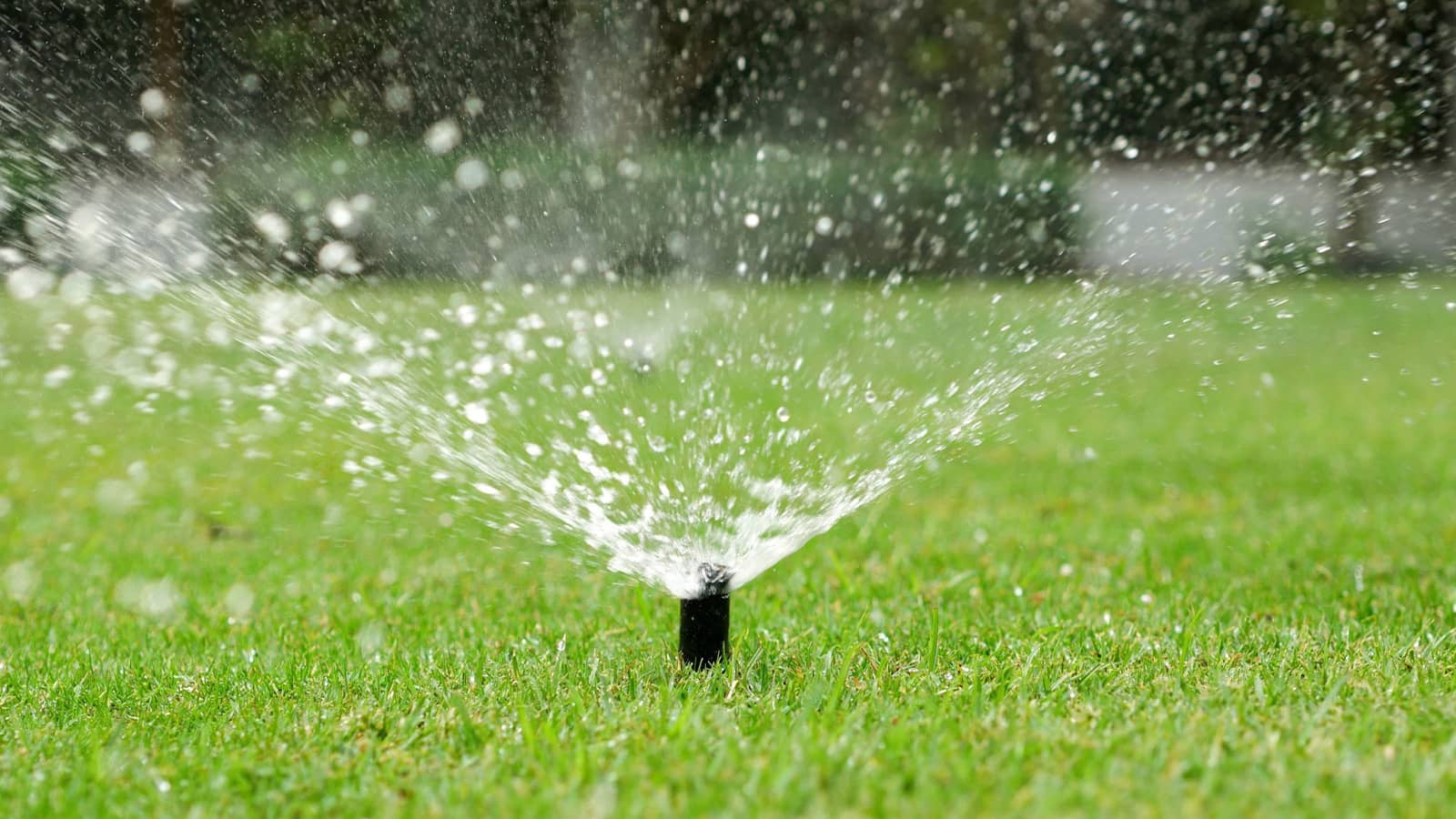
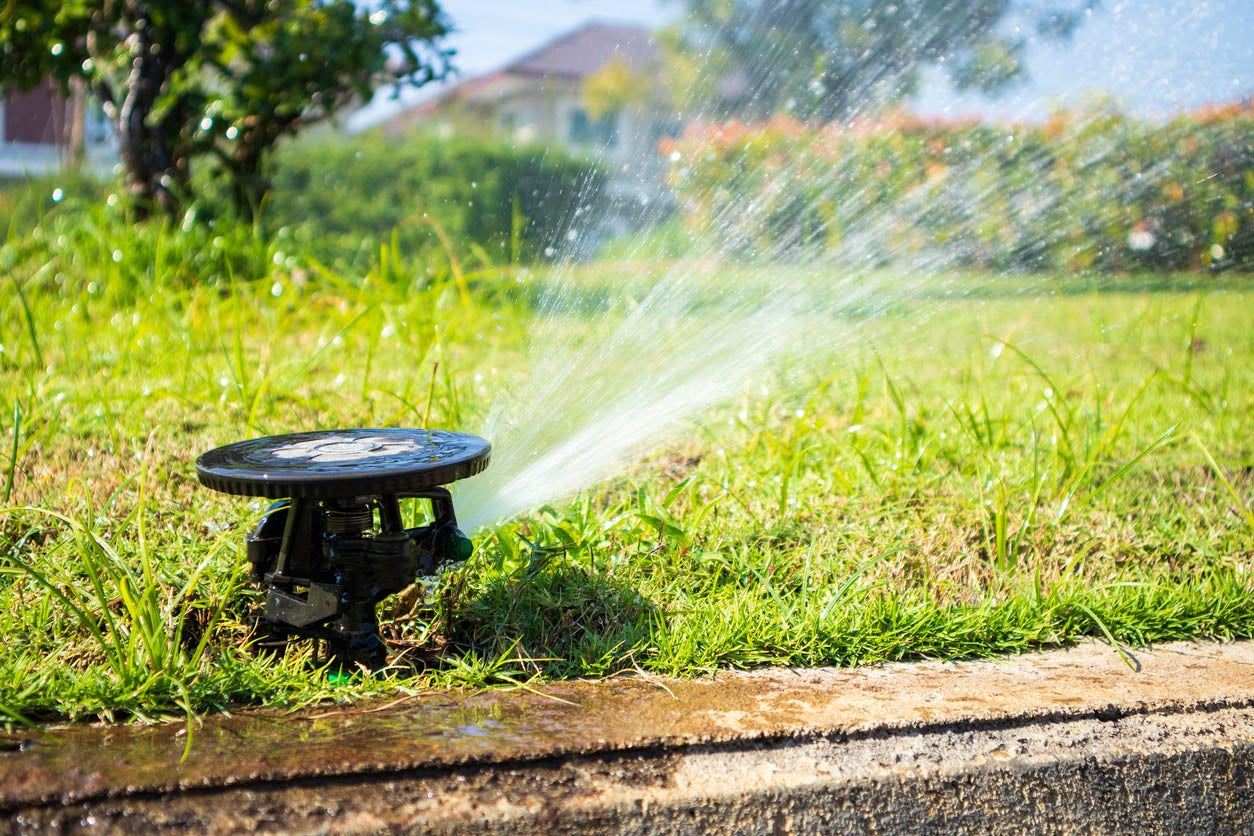

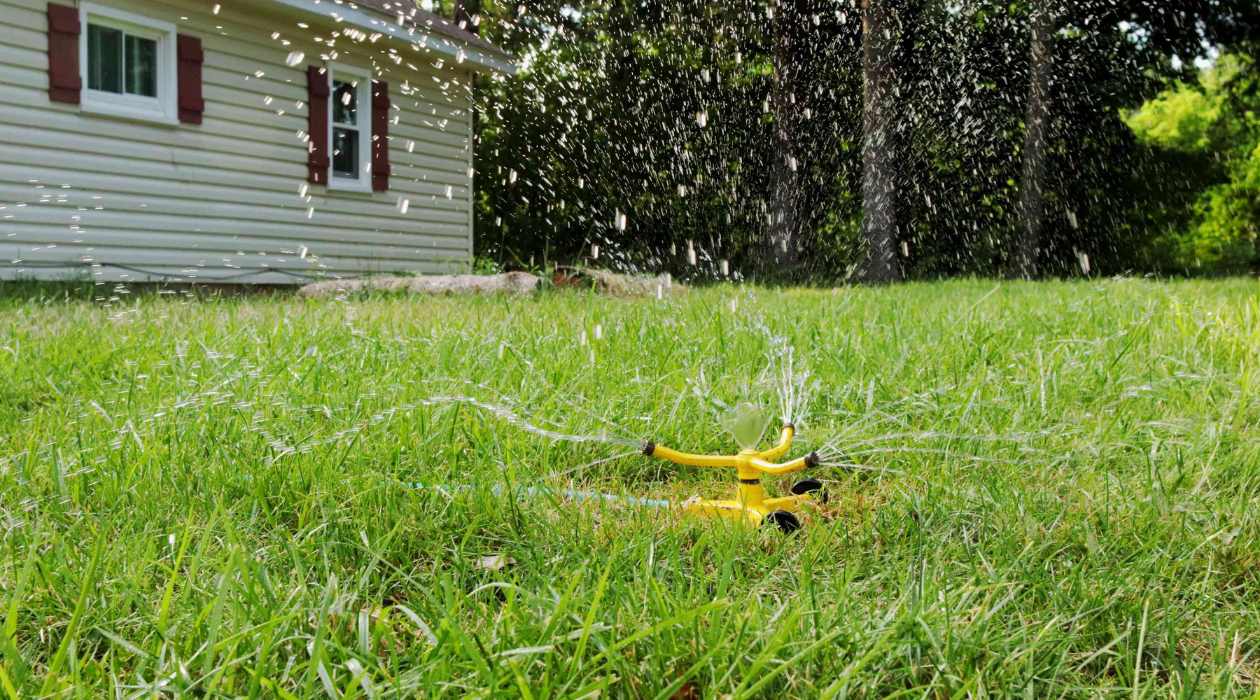

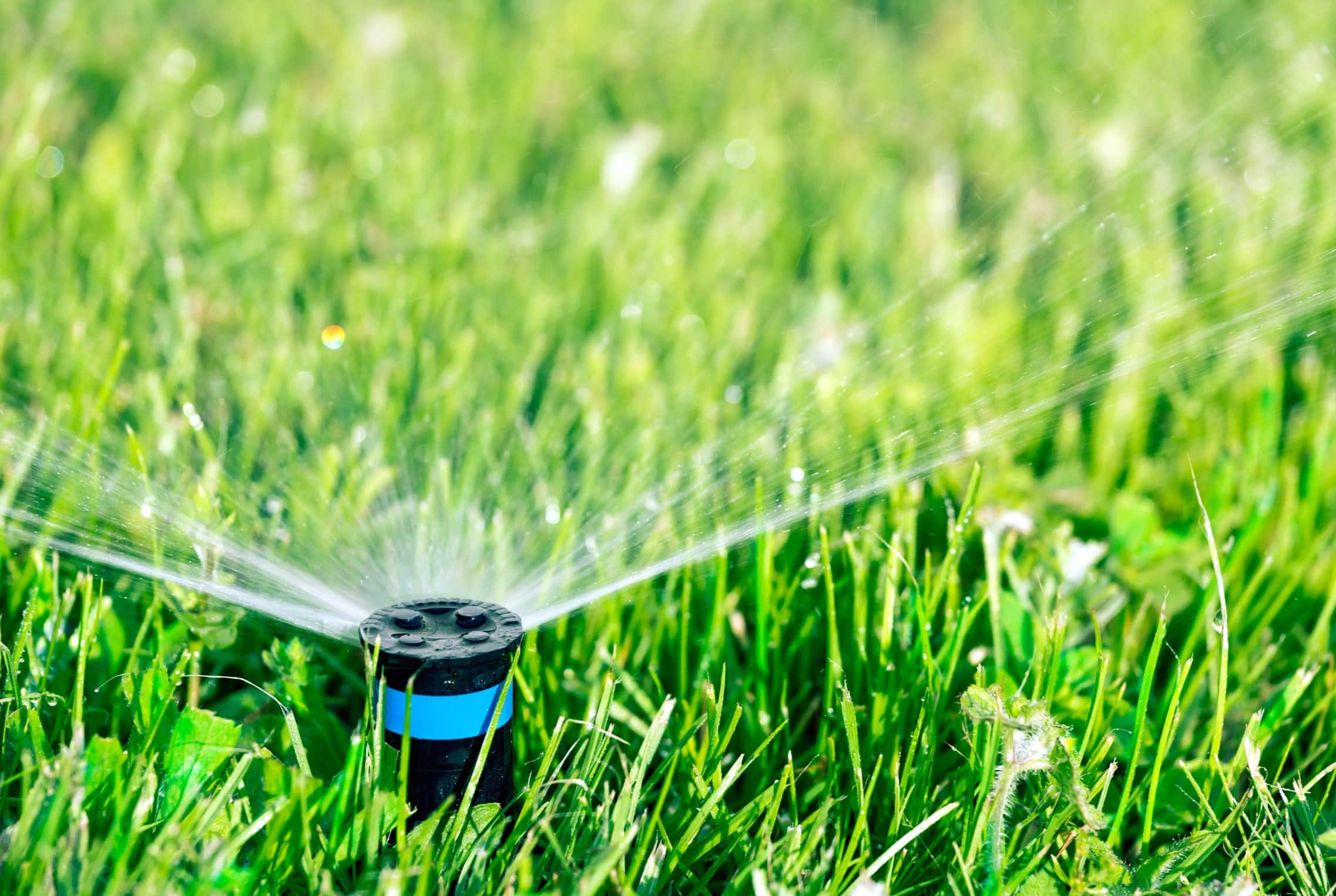
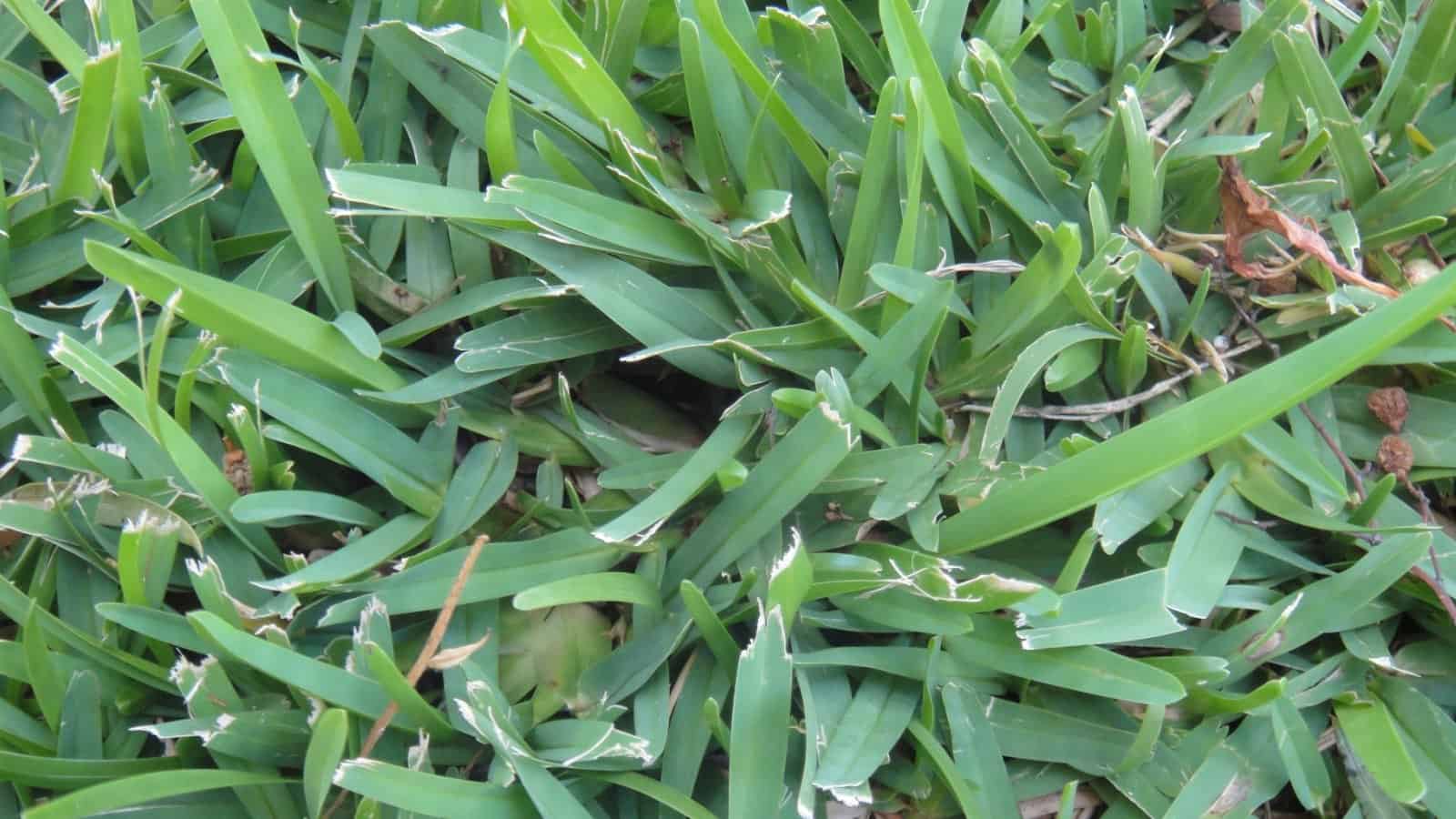
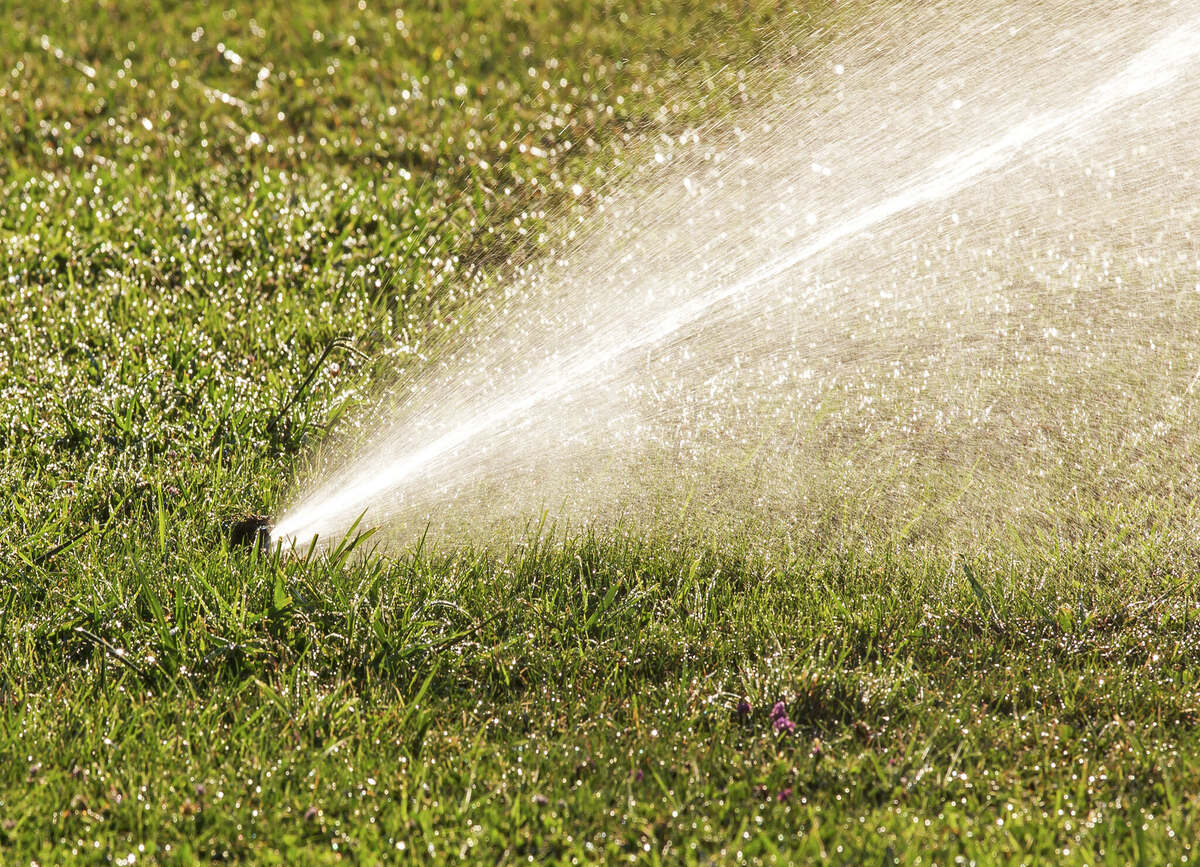
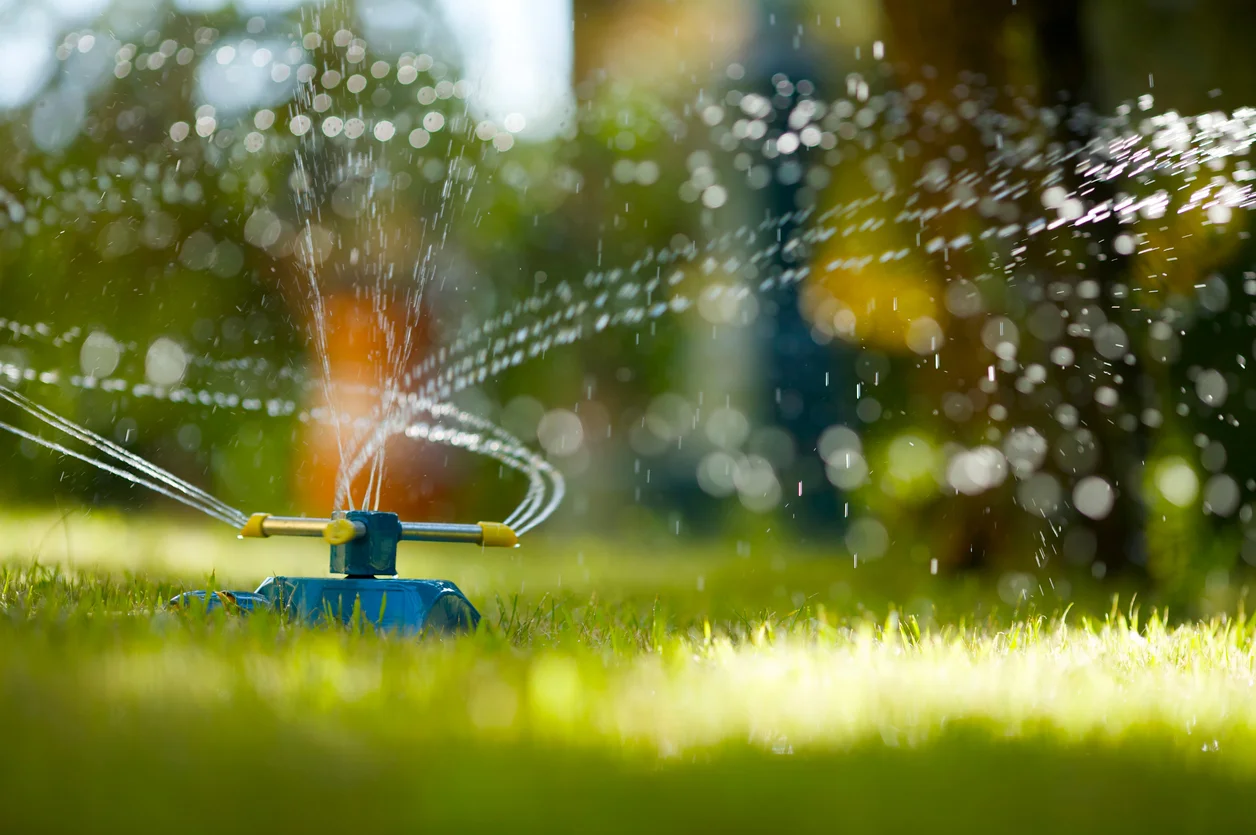
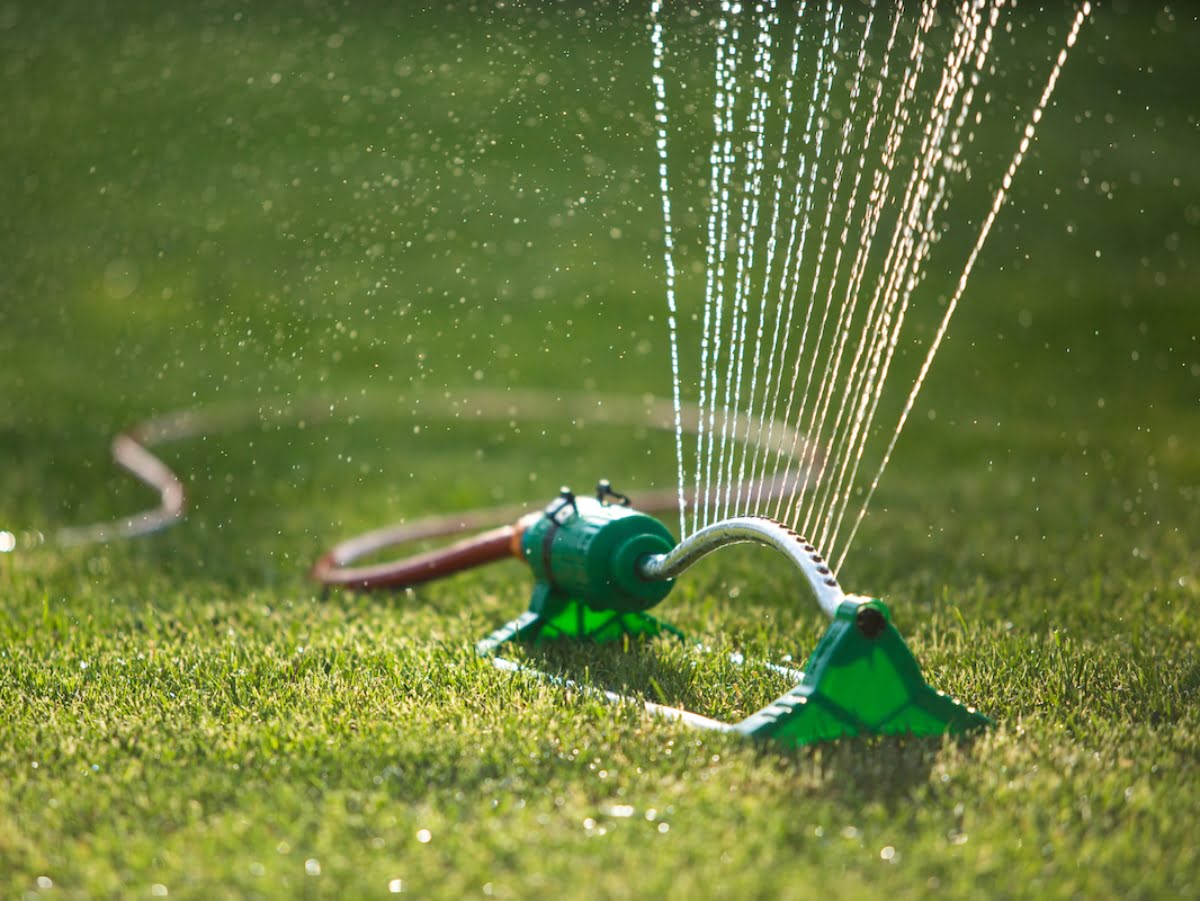
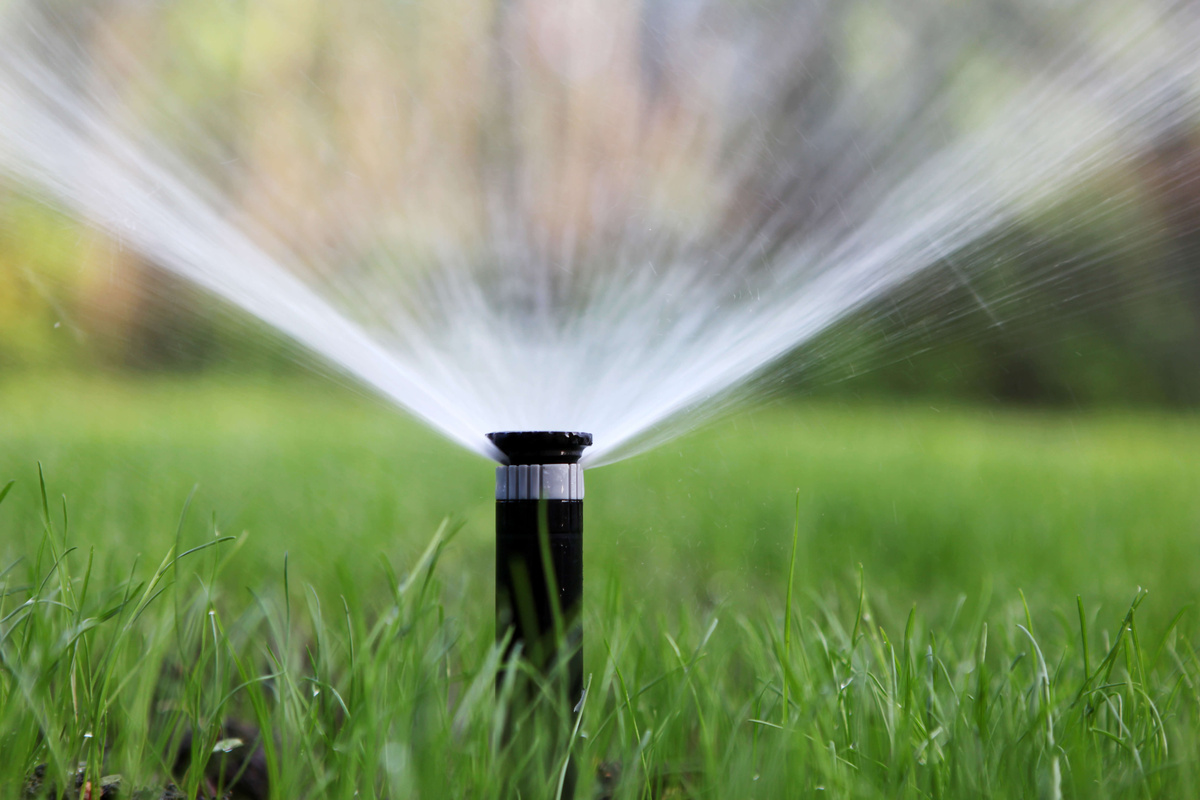


0 thoughts on “How Often To Water Fescue Grass”